10 Proven Ways to Eliminate Crab Grass from Your Lawn 🌿
Crab grass can be a persistent invader, turning your beautiful lawn into a patchy mess. But fear not! With the right strategies, you can reclaim your lawn and enjoy a lush, green expanse free of crab grass. Let’s dive into the 10 proven ways to eliminate crab grass from your lawn! 🌱
Introduction
Crab grass, an annual weed, thrives in warm weather and can quickly take over your lawn if not managed properly. Its rapid growth and ability to withstand harsh conditions make it a formidable opponent. However, with these 10 proven methods, you can tackle crab grass head-on and keep your lawn healthy and vibrant.
1. Regular Mowing ✂️
One of the simplest yet most effective ways to combat crab-grass is through regular mowing. Keeping your grass at the right height creates an environment less favorable for crab-grass.
- Mowing Height: Keep your lawn mower set to a height of 2.5 to 3 inches. This height helps shade the soil, preventing crab grass seeds from germinating.
- Consistent Practices: Mow regularly to maintain this height. Avoid cutting more than one-third of the grass blade at a time to keep your lawn healthy.
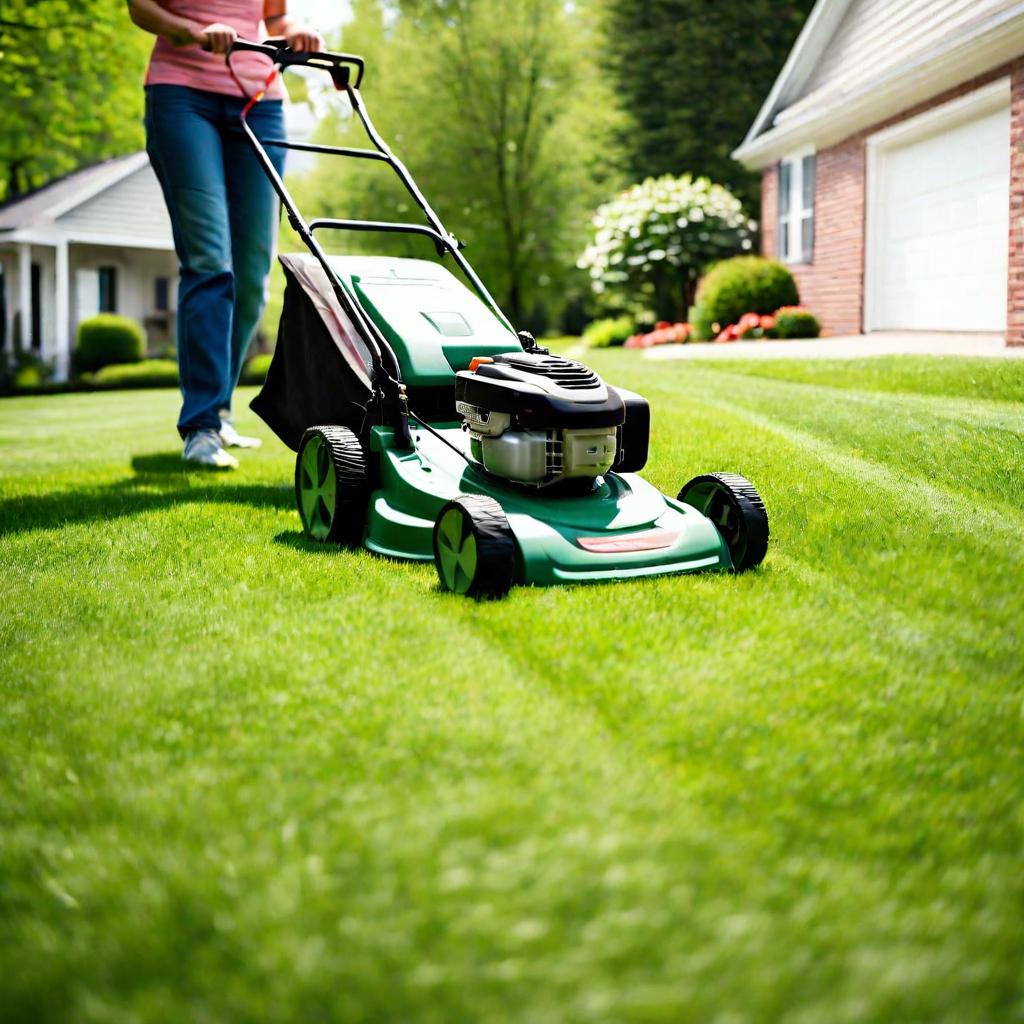
2. Proper Watering Techniques 💧
Watering your lawn correctly can make a significant difference in preventing crab grass.
- Avoid Overwatering: Overwatering can promote crab-grass growth. Water your lawn deeply but infrequently.
- Watering Schedule: Aim to water your lawn early in the morning, allowing the grass to dry during the day. Watering 1 to 1.5 inches per week, including rainfall, is typically sufficient.
3. Aerating Your Lawn 🌬️
Aeration improves soil health, making it less hospitable for crab-grass.
- Benefits: Aeration alleviates soil compaction, enhances water absorption, and promotes root growth.
- When to Aerate: Aerate your lawn in the spring or fall when the grass is actively growing. Use a core aerator to remove small plugs of soil.
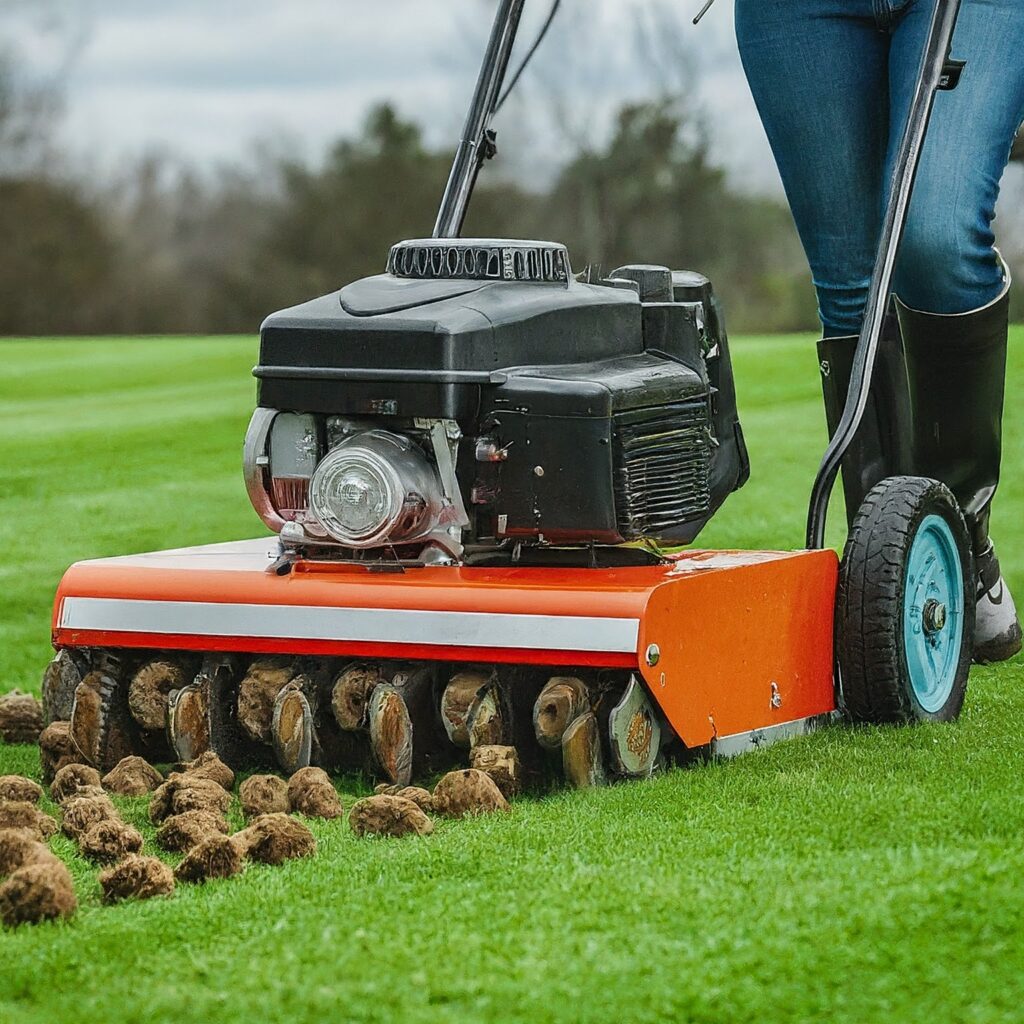
4. Applying Pre-Emergent Herbicides 🛡️
Pre-emergent herbicides are a powerful tool in the fight against crab grass.
- How They Work: These herbicides create a barrier in the soil that prevents crab grass seeds from germinating.
- Best Times: Apply pre-emergent herbicides in early spring before crab grass seeds start to germinate. A second application in late spring can provide extended protection.
5. Using Post-Emergent Herbicides 🌿
If crab-grass has already appeared, post-emergent herbicides can help control it.
- When to Use: Apply post-emergent herbicides when crab grass is actively growing, typically in the summer.
- Application Tips: Follow the label instructions carefully. Apply on a calm day to avoid drift, and avoid mowing or watering for a few days after application.
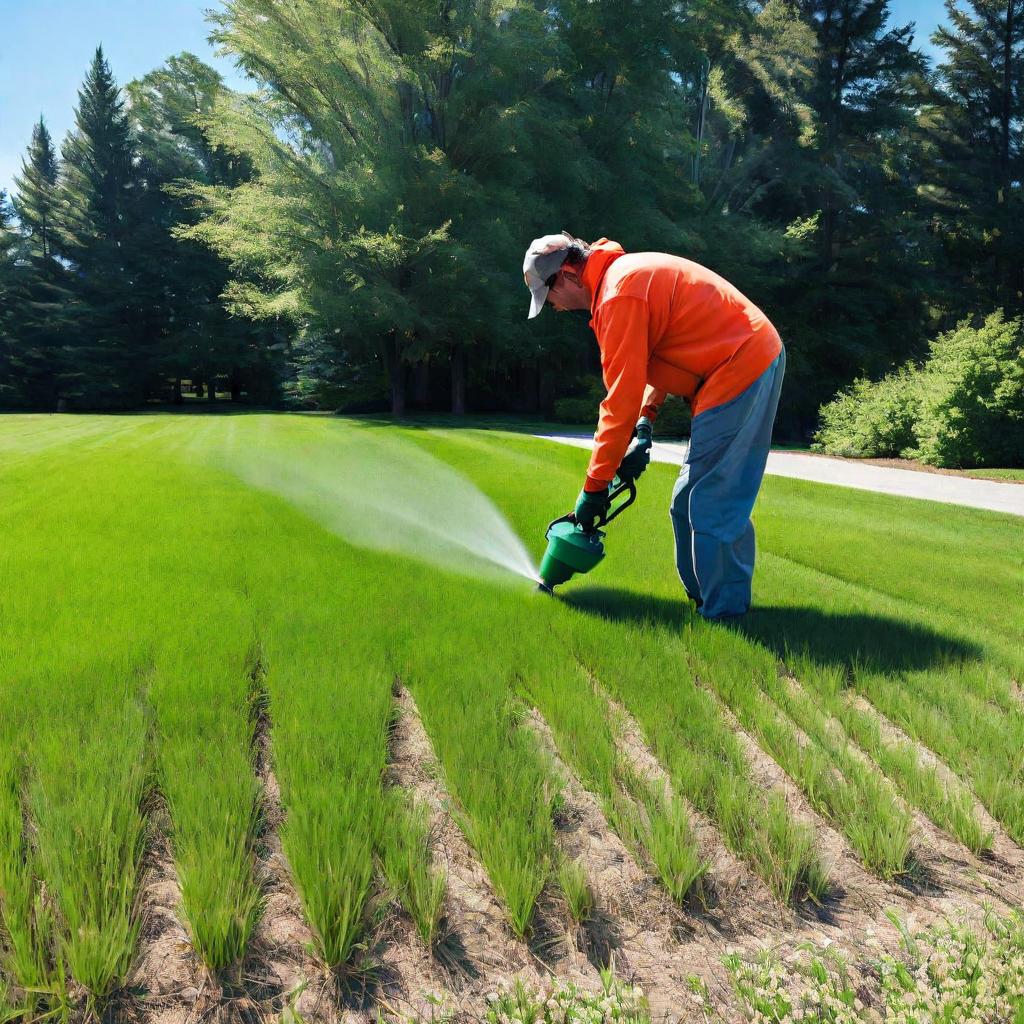
6. Fertilizing Appropriately 🌾
Proper fertilization strengthens your lawn, making it more resistant to crab grass.
- Balanced Fertilization: Use a balanced fertilizer with a ratio like 10-10-10 (N-P-K). Avoid over-fertilizing, which can encourage crab-grass.
- Application Schedule: Fertilize your lawn in early spring, late spring, and fall. Adjust based on your grass type and local recommendations.
7. Overseeding with Desired Grass Species 🌱
Overseeding helps your lawn outcompete crab grass.
- Benefits: Dense, healthy grass leaves less room for crab grass to establish.
- Best Grass Species: Choose grass species suited to your region. Cool-season grasses like Kentucky bluegrass and perennial ryegrass work well in northern climates.
- Steps for Success: Overseed in early fall. Mow the lawn short, aerate, spread seed, and water regularly until the new grass is established.

8. Maintaining Soil Health 🧑🌾
Healthy soil is the foundation of a grass-free lawn.
- Soil Testing: Test your soil every few years to monitor pH and nutrient levels. Adjust as needed to maintain optimal conditions.
- Soil Amendments: Add organic matter like compost to improve soil structure and fertility.
9. Hand-Pulling and Manual Removal 🛠️
For small infestations, hand-pulling can be effective.
- When to Hand-Pull: Remove grass before it goes to seed. Early morning is best when the soil is moist.
- Tools and Techniques: Use a weeding tool to grasp the base of the plant and pull out the roots. Dispose of pulled weeds properly to prevent reseeding.
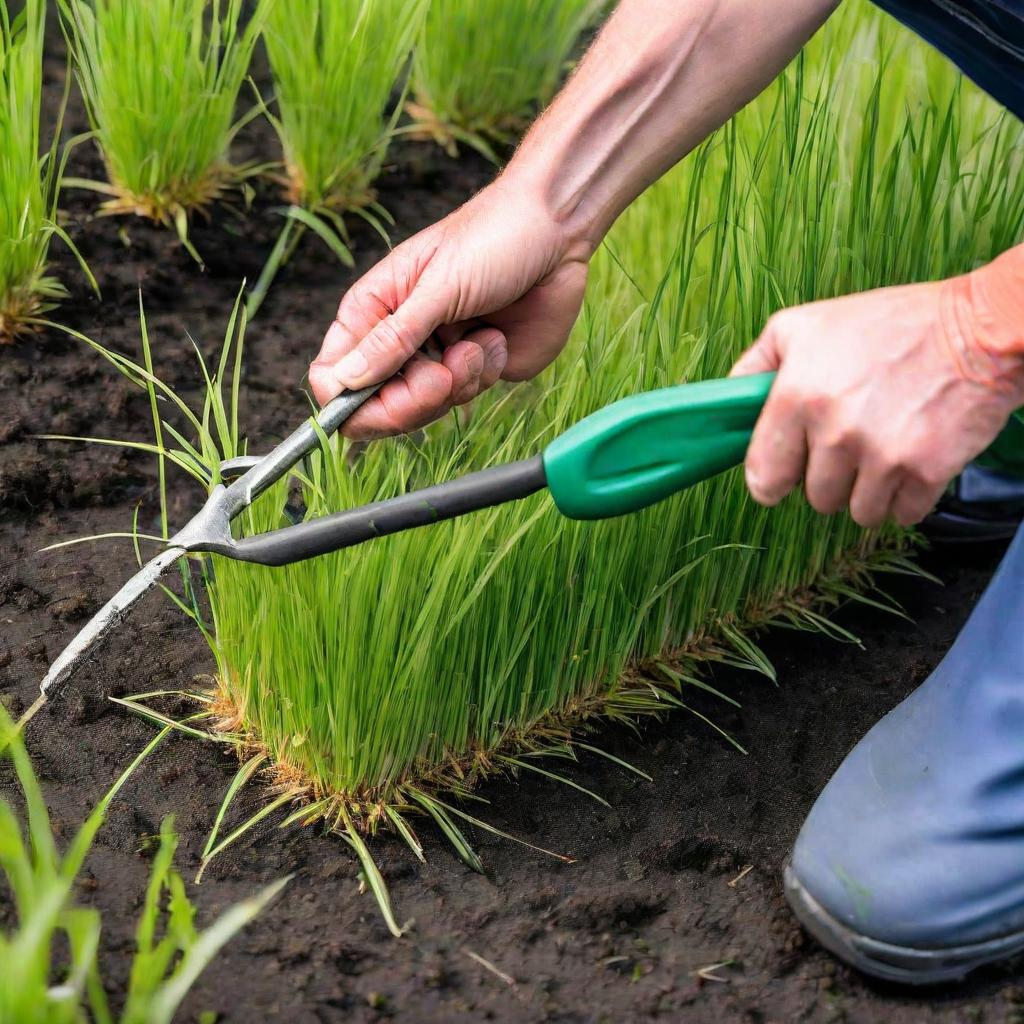
10. Using Mulch and Ground Covers 🌼
Mulch and ground covers can suppress crab grass growth in garden beds and borders.
- How Mulch Helps: A thick layer of mulch blocks light, preventing grass seeds from germinating.
- Best Types: Use organic mulches like wood chips, bark, or straw. Apply 2-3 inches deep.
- Ground Covers: Plant ground covers like clover or creeping thyme in bare spots. They provide a living mulch that crowds out weeds.
Conclusion
By implementing these 10 proven methods, you can effectively eliminate crab grass from your lawn and maintain a lush, healthy landscape. Consistency is key, and combining multiple strategies will yield the best results.
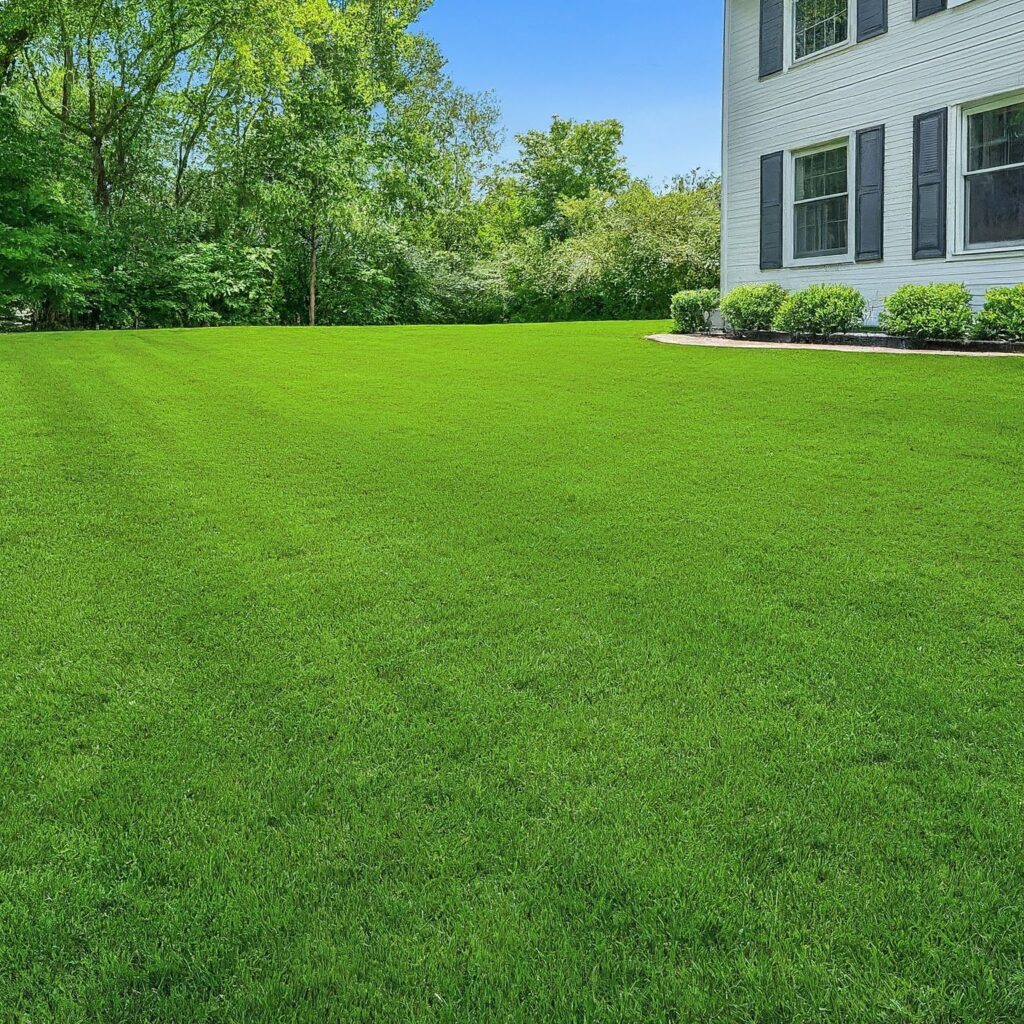
Call to Action
Ready to take action against crab grass? Subscribe to our blog for more lawn care tips, download our free guide to crab grass control, and follow us on social media for regular updates and advice. 🌿
Have any personal tips or experiences with crab grass? Share them in the comments below! Let’s grow a community of lawn care enthusiasts helping each other achieve beautiful, crab grass-free lawns. 🌱🌟
Be sure to check out our blog section for more informative and helpful articles like this one.

